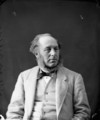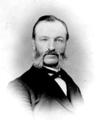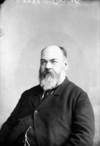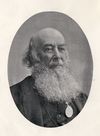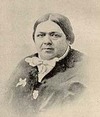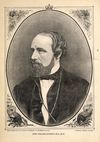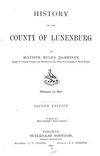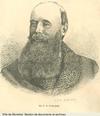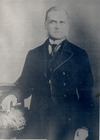bar of Prince Edward Island in June of that year and to the Nova Scotia bar seven months later. Perhaps as early as 1836 Archibald had opened an office, not in Halifax but in Truro, where he could
, separated from Collinson and that July entered the Arctic waters alone. He coasted eastwards, discovered Prince of Wales Strait, and, traversing it, came in sight of Viscount Melville Sound, which had already
Aubin-Edmond*, followed their father into politics. Aubin-Edmond was premier of Prince Edward Island from 1917 to 1919, the first Acadian to hold that office in any Canadian province
him in one of the major issues of post-confederation Prince Edward Island politics, that of demanding federal compliance with the promise made in 1873 to provide continuous communication with the
Baptist Convention of Nova Scotia, New Brunswick and Prince Edward Island, and later he was president of that organization. In 1852 he became editor of the Christian Visitor, a Baptist newspaper in
New Brunswick and Prince Edward Island railway. Prince Edward Island had been promised some means of “continuous communication” with the mainland on entering confederation in 1873, and the following
Tilley cemented his links with what was to become the pro-confederation faction in New Brunswick. Similarly, his circle of associates on Prince Edward Island came to include William Henry
Anne, where he had to rebuild the chapel and school, which had been destroyed by fire, he preached here and there, went to Prince Edward Island, spent several months in Montreal, and published numerous
all the Ontario campaigns to sway voters in favour. She also campaigned in New Brunswick and Prince Edward Island. Results in her home province were initially disappointing, then mildly encouraging, and
work was a practical and authoritative guide to the geology and economic resources of Nova Scotia, New Brunswick, and Prince Edward Island. The fourth and final edition, revised and updated, appeared in
was a great-grandson of Thomas Desbrisay*, lieutenant governor of St John’s (Prince Edward) Island, and of the loyalist clergyman Mather
. Dalzell, The Queen Charlotte Islands, 1774–1966 (Terrace, B.C., 1968); The Queen Charlotte Islands, book 2, of places and names (Prince Rupert, B.C., 1973). R
Taché’s newly completed cathedral and then continued west to Victoria. He also visited Prince Edward Island, and outside the country he went to New England, Maryland, Britain, and France. He
loyal supporter of the Young Men’s Christian Association and Literary Institute, belonged to the Prince Edward Island Association for Promoting Christianity amongst the Jews, and was an organizer in late
, Prince Edward Island, and other colonies would participate. At that time, moreover, Galt had quite a detailed conception of how powers within such a federation might be organized: a central government with
lines in any Newfoundland–mainland connection. Gisborne decided on a route through Prince Edward Island and New Brunswick and ordered the cable while he was in England. He returned to St John’s and
Prince Edward Island was associated with wealth, political influence, and the tory cause. The elder Thomas Heath Haviland had, after his emigration to the Island in 1816, established himself as an office
of John Haythorne and Mary Curtis; d. 7 May 1891 in Ottawa.
When 25-year-old Robert Poore Haythorne arrived in Prince Edward Island in
Grammar School, Middlesex. In 1841, at the age of 16, he emigrated with his family to Prince Edward Island. His father, a retired naval commander, quickly gained entry into the Island’s rather narrow social
marriage of the Prince of Wales to Princess Alexandra of Denmark in 1863, Nova Scotia’s lieutenant governor, Lord Mulgrave


